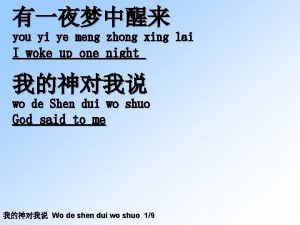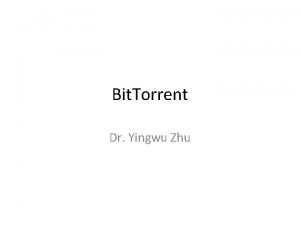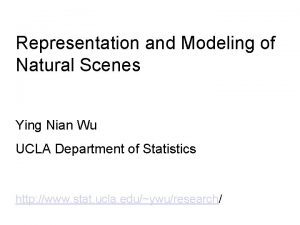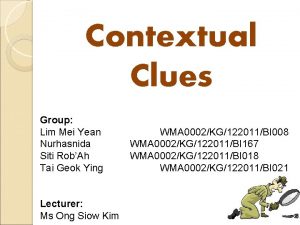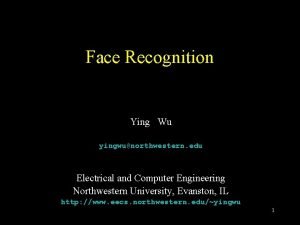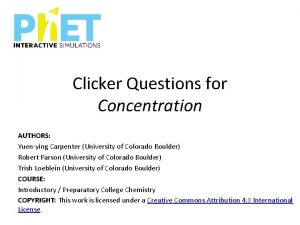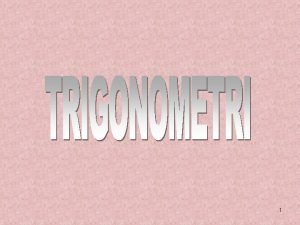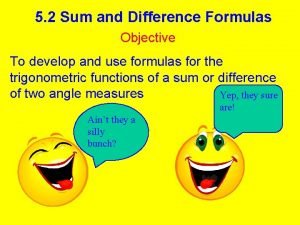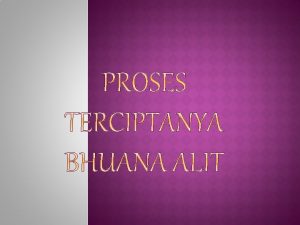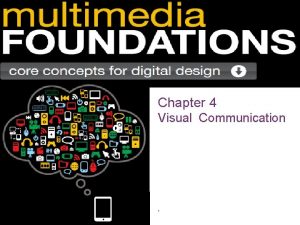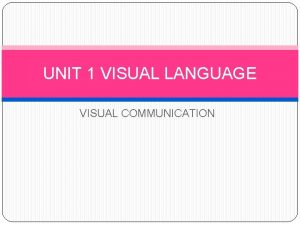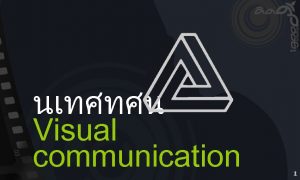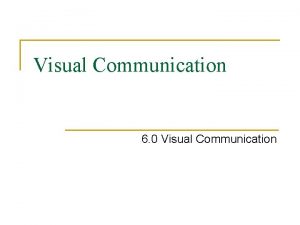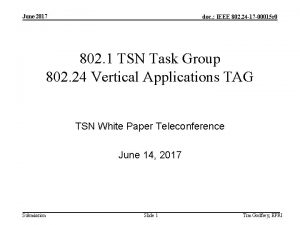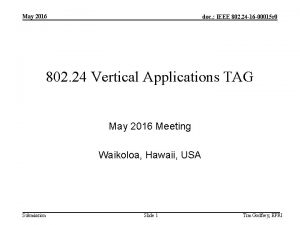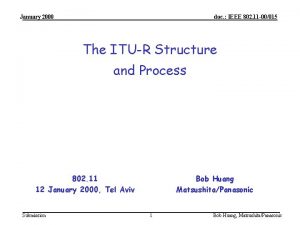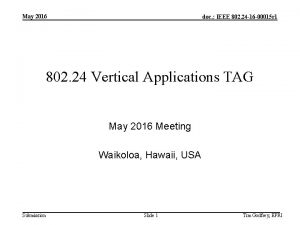Visual Communication Tan Hui Ying DLMD1015 00015 is














- Slides: 14

Visual Communication Tan Hui Ying DLMD-10/15 -00015

• is the communication of ideas through the visual display of information. • Primarily associated with two dimensional images, it includes: art, signs, photography, typography, drawing fundamentals, colour and electronic resources. • is part of what a graphic designer does to communicate visually with the audience.

Aesthetic • Deriving from the Greek word for perception (aisthesis), and first used in the 18 th century by the German philosopher Alexander Baumgarten • the term "aesthetics" (also known as æsthetics or esthetics) refers to those principles governing the nature and appreciation of beauty, especially in visual art • refers to the branch of philosophy which deals with issues of beauty and artistic taste • a study of the mind and how our brains interpret something as being beautiful or ugly.

Expressionism Main focus in emotion

Metaphors • a figure of speech in which a comparison is made between dissimilar things. • help designers to understand unfamiliar design problems by juxtaposing them with known situations.

Convey Message Killing Mother Earth

Semiotics • study of signs and sign-using behavior • translate a picture from an image into words • Semantics, Syntactic, Pragmatics • It was defined by one of its founders, the Swiss linguist Ferdinand de Saussure • Although the word was used in this sense in the 17 th century by the English philosopher John Locke, the idea of semiotics as an interdisciplinary mode for examining phenomena in different fields emerged only in the late 19 th and early 20 th centuries with the independent work of Saussure and of the American philosopher Charles Sanders Peirce

Semantics • study of meaning that is used to understand human expressions through language • focuses on the relationship between signifiers—like words, phrases, signs, and symbols—and what they stand for, their denotation • The word semantics was first used by Michel Bréal, a French philologist • significant ties to various representational theories of meaning including truth theories of meaning

Meaning Relationship action between word

Syntactic • branch of semiotics dealing with the formal properties of languages and systems of symbols • Syntax is concerned with the rules used for constructing, or transforming the symbols and words of a language, as contrasted with the semantics of a language which is concerned with its meaning.

Signified Hard work in Hong Kong

Pragmatics • a subfield of linguistics and semiotics which studies the ways in which context contributes to meaning • Consider the practical effects of the objects of your conception. Then, your conception of those effects is the whole of your conception of the object • Pragmatism as a philosophical movement began in the United States in the 1870 s. • The first use in print of the name pragmatism was in 1898 by James, who credited Peirce with coining the term during the early 1870 s. James regarded Peirce's 1877– 8 "Illustrations of the Logic of Science" series (including "The Fixation of Belief", 1877 and especially "How to Make Our Ideas Clear", 1878) as the foundation of pragmatism

Concept Historical context

Thank You
 Los dias sin ti son tan oscuros tan largos tan grises
Los dias sin ti son tan oscuros tan largos tan grises Lai ba ying ye zhong
Lai ba ying ye zhong Dr ying wu
Dr ying wu Ying nian wu
Ying nian wu Shawn ying
Shawn ying Contexual clues
Contexual clues Ying wu northwestern
Ying wu northwestern Yuen ying carpenter
Yuen ying carpenter Maya lin
Maya lin Hay dias que somos tan lúgubres
Hay dias que somos tan lúgubres Tan 5x=tan 105°
Tan 5x=tan 105° Tan 105 sum and difference
Tan 105 sum and difference Himpunan penyelesaian 1+sinx/1-sinx=3
Himpunan penyelesaian 1+sinx/1-sinx=3 Sin (-a) =
Sin (-a) = Arti bhuana alit
Arti bhuana alit

